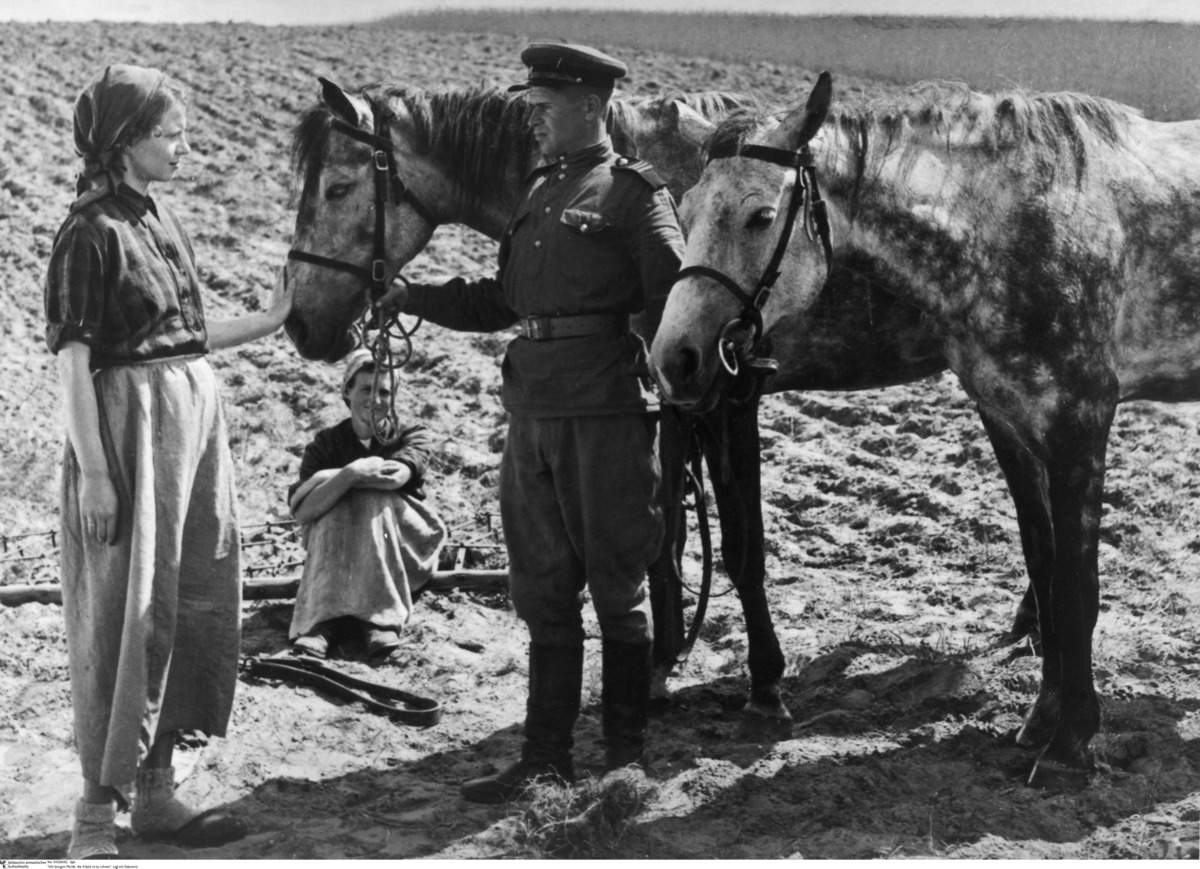Abstract
Between September 1945 and December 1948, Soviet occupation
authorities carried out a sweeping land reform program in their zone.
Under the motto “Junker land into farmers’ hands,” agricultural
operations with more than one hundred hectares of arable land were
expropriated without compensation; operations with fewer than one
hundred hectares were also expropriated if the owners were identified as
war criminals or Nazi activists. Newly expropriated land and existing
publicly-owned land was then put into a state-owned land fund and
distributed to existing small farmers, “resettlers” (i.e., refugees and
people driven out of their homelands), and agricultural workers, or
so-called new farmers
[Neubauern].
About 3.1 million hectares, that is, 35% of the total arable land in
the Soviet occupation zone went into this land fund, from which 2.1
million hectares were distributed to about 500,000 existing small
farmers or “new farmers” within the context of land reform.
The original contemporary caption to the picture below read: “‘We’re
bringing horses, the work is too hard,’ says a Red Army soldier to two
female ‘new farmers’ who had hitched themselves to a plow.” Given the
brutality much of the Red Army had shown – particularly toward women –
when it moved into Germany and the ruthlessness it exercised during the
occupation, the Soviets’ attempts to present themselves as friends and
helpers of the East German population had much to overcome to come
across as convincing.
